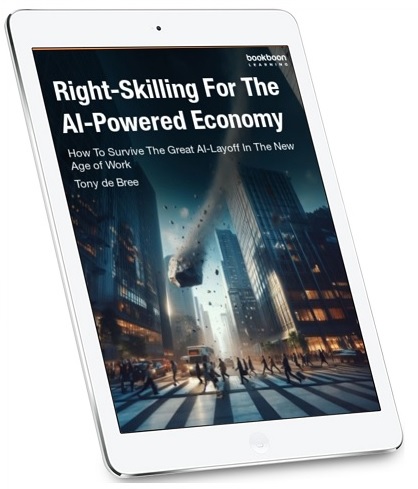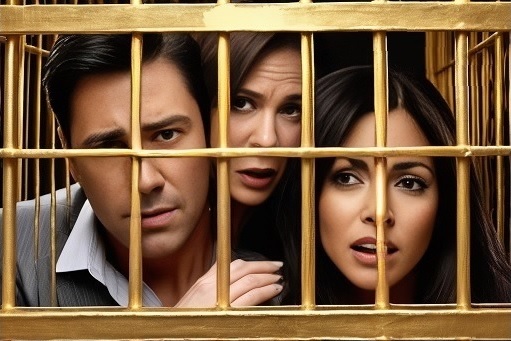The Titanic – An Example Of Deadly Sacred Cows Assumptions
One of the most important deadly sacred cows in management are deadly sacred cow assumptions. A tragic example of that category were the assumptions regarding the Titanic when it left the harbour of South-Hampton and especially the one that because of the size and the design it had the the reputation of being ‘practically unsinkable’.
The assumption of the Titanic’s unsinkability actually wasn’t a clear-cut case. Here’s a breakdown:
- Advanced design: The ship boasted watertight compartments, a novel feature at the time, designed to limit flooding if one section were breached.
- Promotional push: While the White Star Line, the owner, never explicitly called it unsinkable, some publications used terms like “practically unsinkable” highlighting its safety measures.
- Public confidence: The size and technology of the Titanic led to a general feeling of maritime invincibility.
It’s important to note that:
- The “unsinkable” label was likely an exaggeration, even if believed by some passengers.
- Lifeboat capacity wasn’t enough for everyone on board, a critical flaw in the final design.
The tragedy of the Titanic exposed the dangers of overconfidence, inadequate safety regulations and wrong ‘holy cows’ assumptions including from the captain even if there’s no 100% conclusive vidence to support them. To some extend however, it can be considered a deadly example of a sacred cow in the minds of the public, probably some or even most of the passengers and to some degree even in the mind of the captain, the ‘CEO’, of the Titanic.
It is also a clear example of the need for situtional leadership skills and in particular crisis management skills. Including knowledge and skills of chosing the right change strategy in situational change management.
More: AI Management Consultants, AI Business Professionals & Contact Tony Now On LinkedIn
The designer, Thomas Andrews, who died at sea on april 15th 1912, when the Titanic sunk, had his concerns and communicated those during design-phase and the building-phase of the Titanic, but because of cost-considerations, the number of life boats on the Titanic included in the final design was too low to save the lives of all passengers from the 1st to the 3rd class including all employees leaving the port of South-Hampton for its maiden voyage. In that respect, the sinking of the Titanic was cleary also an example of a ‘system-failure’.
Incompany & In-House.
Virtual classes, virtual workshops and other virtual events as part of your new AI-powered business model can be virtually organised incompany and in house for your organisation, team or department in combination with any other online course here on www.thevirtualbusinessschool.com including modules from Leaving The Corporate Rat Race and Online Course School or any other virtual module or program. The number of participants is unlimited. This makes it a very cost effective solution for your company.
Reach out.
If you want to organise virtual classes, virtual workshops, virtual programs or any other virtual event for an unlimited number of people in your global virtual teams, departments or company online, contact us here today and we wil contact you for a free intake call and a quote for an unlimited number of people:






